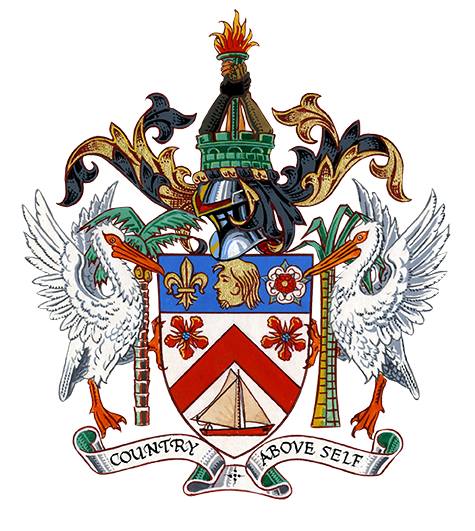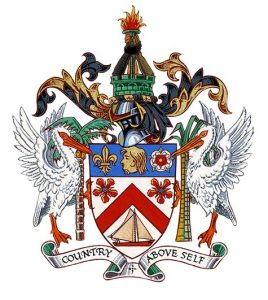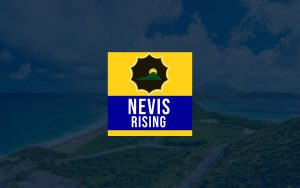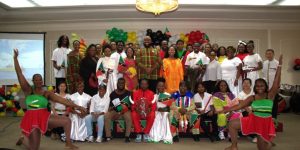SAFETY
The political landscape of St. Kitts and Nevis underwent a significant transformation between the 2015 and 2022 general elections, marked by the emergence of the People’s Labour Party (PLP) as a formidable political force. This period witnessed fluctuating fortunes for the established parties – the St. Kitts-Nevis Labour Party (SKNLP) and the People’s Action Movement (PAM) – while the PLP consistently gained traction, reshaping the dynamics of the political arena and setting the stage for intensified competition in future elections.
The 2015 election served as a baseline, revealing the initial positions of the contending parties. The SKNLP, despite losing the government, secured a respectable 11,897 votes, indicating a substantial base of support. PAM achieved its best performance in recent years with 8,452 votes, signaling a resurgence in its popularity. The PLP, a relatively new entrant, garnered 2,723 votes, marking its entry onto the political scene. The Nevis-based parties, the Concerned Citizens Movement (CCM) and the Nevis Reformation Party (NRP), maintained consistent support within their respective constituencies, securing 3,951 and 3,276 votes respectively. This election established the initial competitive landscape, with SKNLP holding a leading position, PAM demonstrating renewed strength, and the PLP emerging as a potential challenger.
The 2020 election highlighted the evolving voter dynamics and the shifting fortunes of the parties. The SKNLP experienced a decline in support, securing 10,316 votes, reflecting potential dissatisfaction with its performance. PAM also witnessed a slight dip in its voter base, obtaining 8,067 votes, suggesting a loss of momentum from its 2015 gains. In contrast, the PLP continued its upward trajectory, increasing its vote share to 3,681, a significant 35% increase from the previous election. This growth signaled the PLP’s increasing appeal and its ability to capitalize on the declining support for the established parties. The CCM and NRP maintained their regional strongholds, demonstrating the stability of their voter base in Nevis.
The 2022 election solidified the PLP’s position as a major player and witnessed a significant reshuffling of the political deck. The SKNLP staged a remarkable comeback, securing a commanding 13,436 votes, its highest tally since 2004. This resurgence demonstrated the party’s resilience and its ability to regain voter confidence. Conversely, PAM experienced a sharp decline, garnering only 4,737 votes, indicating a substantial erosion of its support base. The PLP continued its impressive growth, securing 5,036 votes, its strongest performance to date, further solidifying its position as a force to be reckoned with. The CCM and NRP maintained their consistent performance in Nevis, underscoring their regional dominance.
The trajectory of the PLP from 2015 to 2022 is a testament to its strategic positioning, grassroots engagement, and ability to capitalize on voter discontent with the established parties. Its vote share increased by an impressive 85% over this period, transforming it from a fledgling party into a significant contender. The PLP’s growth coincided with a declining voter turnout, suggesting that the party effectively mobilized disengaged voters and offered a compelling alternative to the traditional political options. The party’s success underscores the importance of engaging with the electorate, addressing their concerns, and offering a fresh perspective.
The period between 2015 and 2022 marked a pivotal moment in the political evolution of St. Kitts and Nevis. The rise of the PLP has fundamentally reshaped the electoral landscape, introducing a new dynamic and intensifying the competition between the political parties. The SKNLP’s resurgence in 2022, coupled with PAM’s significant decline, sets the stage for a highly contested political arena in the upcoming election cycles. The future political landscape will depend on how each party adapts to the evolving voter expectations, addresses the concerns of the electorate, and presents a compelling vision for the future of St. Kitts and Nevis.
The evolving voter preferences and the dynamic interplay between the established parties and the emerging PLP will be key factors in shaping the future political trajectory of St. Kitts and Nevis. The ability of each party to connect with the electorate, address their needs, and offer innovative solutions will determine their success in the coming elections. The political landscape has become more complex and competitive, demanding strategic adaptability and a deep understanding of the evolving needs and aspirations of the people of St. Kitts and Nevis.
Share this content:












Post Comment